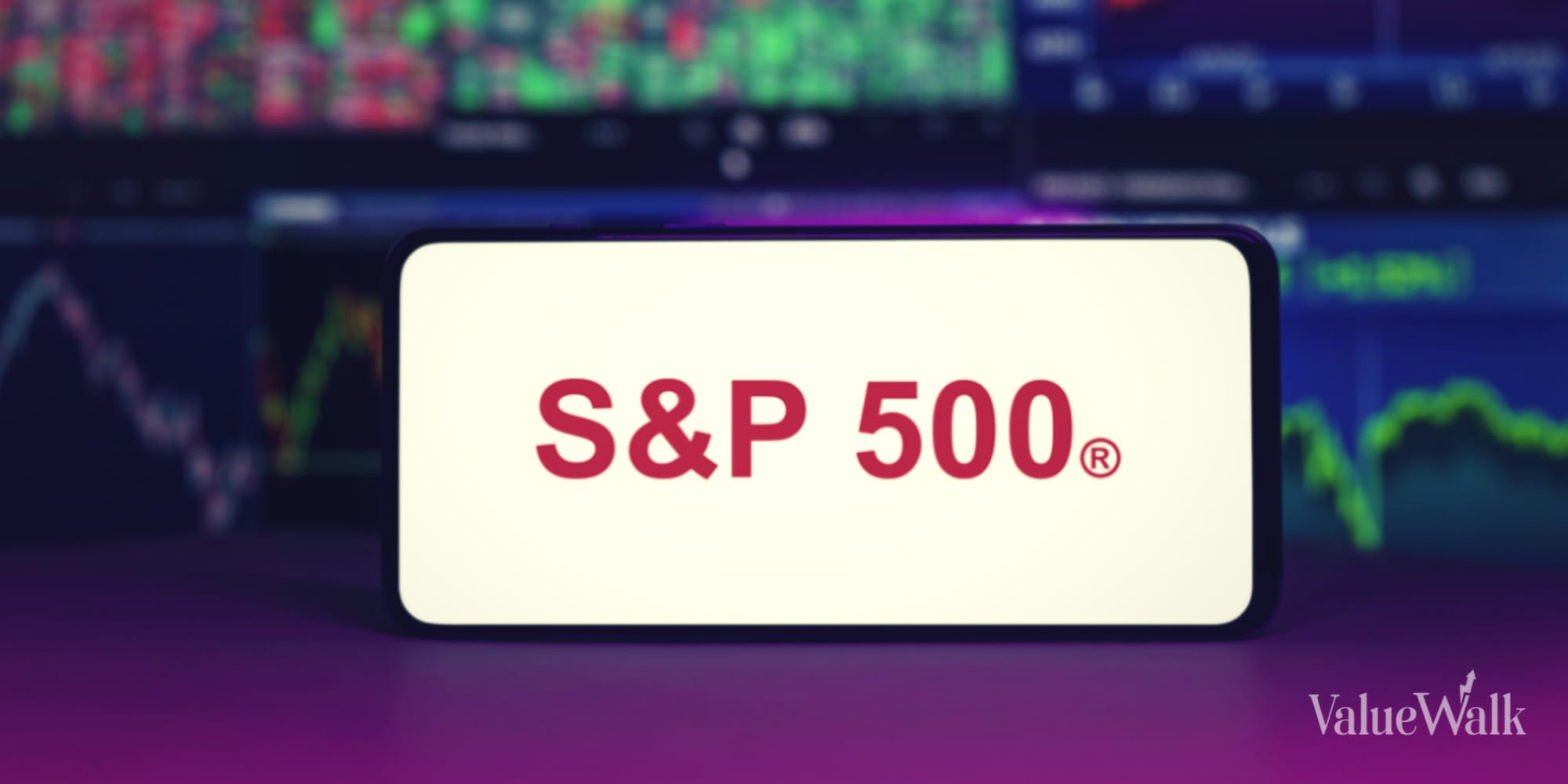Nasdaq and S&P 500 hit record highs at month-end; Best Stocks of February

The stock market ended February exactly as it began. The gains led to a record month for major benchmarks.
In particular, the Nasdaq Composite Index closed at 16,092 on February 29, hitting an all-time high for the index. The previous close was 16,057 on November 19, 2021. The index then fell about 36% to 10,231 on December 28, 2022, but has now recovered. In February alone, the Nasdaq rose 6.1%, marking its best February since 2015. Year to date, the Nasdaq is up 7.2%.
The S&P 500 index also rose 0.5% on the day to an all-time high of 5,096, ending February with a new record. The large-cap benchmark finished February up 5.2%, making it the S&P 500’s best February since 2015. As of February 29th, the S&P was up 6.8% YTD.
The Dow Jones Industrial Average did not end February at record levels, but it did hit an all-time high for the month. The Dow closed at 38,996 on Thursday, up 0.1% for the day and up 2.2% at the end of the month. It also set a record closing price on February 23rd at 39,131. The Dow is currently up 3.5% YTD.
Small-cap stocks aren’t left out, but the Russell 2000 Index also had a good month. It rose 5.5% in February, closing at 2,055 on February 29. The Russell 2000 index is up about 1.4% YTD.
NVIDIA and Meta were among the top stocks in February.
As always, February was central to earnings season. Yields rose this month on the back of most Magnificent Seven stock reports, including: nvidia (NASDAQ:NVDA) and meta platform (NASDAQ:META) was two of the top four performers on the S&P 500 and two of the top three on Nasdaq in February.
NVIDIA’s stock price soared about 31% in February, after the company reported its best-ever fourth-quarter results on February 21. It also provided an optimistic outlook for the first quarter of 2024, with revenue of $24 billion, up from $22 billion in the fourth quarter. NVIDIA stock is up about 62% so far in 2024, after returning 239% in 2023.
Meta Platforms had another big rally last month, posting a 28% return in February. The company reported fourth-quarter results on February 1, with sales up 25% and net profit tripling compared to the previous year.
A key factor was cost reduction initiatives, which resulted in an 8% reduction in costs. The report was also notable for the fact that Meta paid its investors a dividend of 50 cents per share for the first time. The meta is up about 41% YTD after returning 194% in 2023.
But the best performers for the S&P 500 and Nasdaq in February were: constellation energy (NASDAQ:CEG). The stock rose 37% in February, with most of the gain coming after the company reported fourth-quarter results on February 27.
The energy company, the largest producer of carbon-free energy, reported mixed results in the fourth quarter, missing revenue estimates but beating revenue. But Constellation Energy’s stock is more likely to surge following its 2024 earnings guidance, which was better than analysts had expected and led to numerous target price upgrades.
Is the market overvalued?
Now that the major benchmarks are all at or near all-time highs and have erased losses incurred during the bear market in late 2021 and 2022, what happens now? Should the market undergo a correction?
It’s hard to know, but one metric to keep an eye on is the Shiller P/E ratio, also known as the cyclically adjusted price-to-earnings (CAPE) ratio. This ratio measures the value of the S&P 500 based on its average inflation-adjusted earnings over the past 10 years and provides a longer-term perspective than the typical P/E ratio.
Shiller P/E ratio is currently higher than usual at 34. The long-term median Shiller P/E is around 16, but has mostly hovered in the mid-to-high 20s range over the past decade. It fell to 24 in March 2020, and was 38 just before the market crashed in November 2021. So at 34 it’s still not as high as it would be in November 2021, but it’s worth watching.
The S&P 500’s regular 12-month trailing P/E ratio is 23, up from 17 a year ago but still within a fairly reasonable range. However, the PER of the Nasdaq 100 rose from 24 a year ago to 34.
This suggests that the markets, especially the Nasdaq, are a bit overheated right now. Investors should keep an eye on valuations, especially among technology stocks, and be cautious when valuations fall significantly outside normal ranges.



